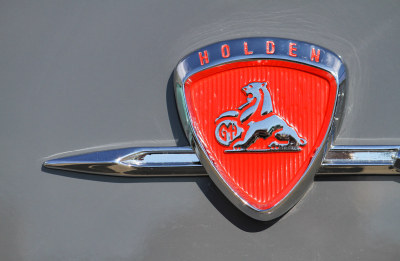
Interesting Facts About Holden You Probably Don’t Know – Common Problems – and PDF Manuals for Download…
Founded as a saddlery manufacturer back in 1856, the Australian car manufacturer Holden was formerly known as General Motors Holden. The company began manufacturing automobiles in 1908 and became a subsidiary of General Motors in 1931. The headquarters of Holden is in Port Melbourne, Victoria, Australia.
By 1936, the factory in Port Melbourne was completed and construction began on a new factory for South Wales in 1939. Car production around the time was delayed because of World War II and production of aircrafts engines, vehicle bodies and field vehicles were priority.
After the war GM’s study of an Australian produced car was favored by the government and Holden pursued the development of this car. 1948 marked the launch of The Holden.
Holden dominated the Australian automobile market as GM pumped a lot of resources into it and they produced vehicles that could handle rough terrain unlike any other cheaper options available. One of the remarkable releases during this time was the FJ model which marked a change in Holden vehicles.
The FB, a model adapted for left hand drivers, was another change from the norm and was introduced in 1960. Following that was the EK, EH, HD, HR and HK series all produced between 1961 and 1969.
The 1970’s also saw a lo of introductions including the HQ, HJ, HX, HZ, LH, LX and UC series. Holden’s most famous creation, the Commodore, came in 1978 as a VB.
The Commodore was largely exported to other countries like Thailand, Malta, New Zealand, Indonesia, Malaysia, Singapore and Hong Kong because the left hand drive had been abandoned in Australia.
In the 1980s, the Australian automobile industry and Holden suffered great challenges; but the government tried to keep the industry alive with a plan for encouraging manufacturers to produce fewer models with economy and exportation in mind.
Originally offering Bedford based products, GM changed this out gradually from the 1970’s until by early 1980’s there were no Bedford products and only Isuzu products.
The Holden market witnessed a surge in the 1990s as the VT Commodore was released in 1997 which it was a huge success. With the new and improved dynamics and rounded body, the VT Commodore had many more features that Australian cars copied from moving forward.
The donor Corolla and the first Nova were created at the Victoria factory of Holden in 1994. All the success seen in the 1990’s was, however, short lived.
The year 2000 saw a huge decline in Holden’s place at the Australian automobile market and they were no longer the first and the best. Holden struggled to stay afloat as every car released di not seem to cut the benchmark and was not making waves and sales like before. This was followed by a lot of job cuts and reduction in amount of cars produced a day.
Although Holden has seen a change of leadership over the years, the Australian automobile company has enjoyed smooth succession and good business too. The lion and stone logo designed by Rayner Hoff has been a very vital part of the identity and brand of the company.
It is tied to prehistoric stories of how the watching of a lion rolling a stone was how the wheel was created. The logo has been revised twice after its launch in 1948, once in 1972 and again in 1994.
Common Holden problems
- Starting problems: the Body Control Module can cause starting issues. Due to voltage sparks the BCM can freeze or lock up electronically. This can cause restrictions with locking, unlocking and starting the car. The voltage spike can can come from the key reader circuit in many cases of Holden vehicles. In these cases, the solution has generally been to return the BCM under warranty and the manual can help with identifying this problem and getting the best solution.
- Steering knock: with the VT models, you can hear a loud clunk in the front end if the operating temperature is high or after long drives. This can be felt at the steering while trying to make a turn. The inner tie rod side of the steering rack might have gone through too much movement and this could be the cause of the problem. Newer steering racks from 2001 had a revised tie rod introduced. A look at the manual can give a hint as to how to handle this situation if it comes up.
- Low clutch or soft clutch pedal: the clutch pedal in some VY models can seem low with a low disengagement point or might be very soft. This can cause trouble in gear selections. Clutch slave cylinder can be a cause of this problem. The clutch slave cylinder housing and clutch fluid can come together creating a corrosive chemical reaction that causes a problem. A gas can be created in the hydraulic system, giving rise to the spongy and soft feel in the clutch. Late in 2003, a revised clutch pedal was released made form a different alloy and resistant to such chemical reactions. This information can be gotten from a manual.
- Gen III vibration: excessive vibration might be felt through some VT models. These vibrations can be felt when when idle speed drops during gear selection and load is applied to the steering, the car is in engine idle mode with the AC on or when driving at slow speed with a low gear. The PCM calibration seemed to be the problem but improvements have been made to handle idle speed mode. Exhaust stress can be a cause and can be seen through bent catalytic converter bracket. The bracket can be kept in place with spacers when bolted.
- Radius rod bush: the front bar joins the lower control arm to the cross member of the engine. The front bush which bolts o the engine cross member is hydraulic meaning it is filled with oil. In the VT’s this is a common point of wear. The bushes in the back radius rod also wear easily because rubber splits and perishes. These can be replaced by new ones and the process is quite easy to undergo. A manual will better instruct on what to do.
Purpose of this is to catalog and include one of most comprehensive, useful and accessible “automotive repair PDF manual” database on the web for all Holden models.
It’s your go-to source for learning all about Holden – when you can’t find it elsewhere.
To get started, select the intended car model below…
-
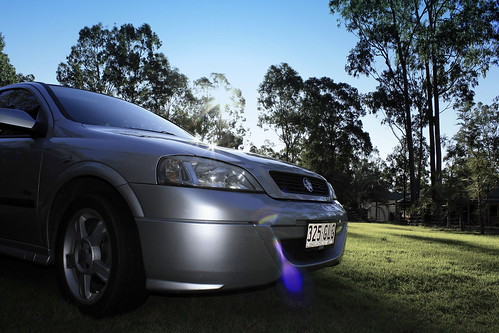
Astra
63 manuals -
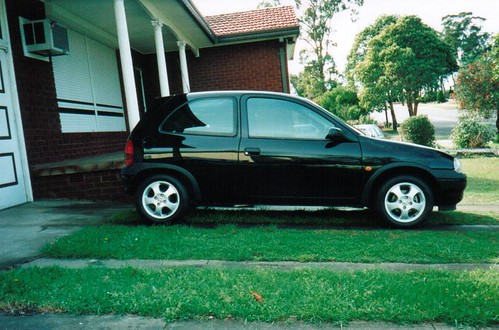
Barina
79 manuals -
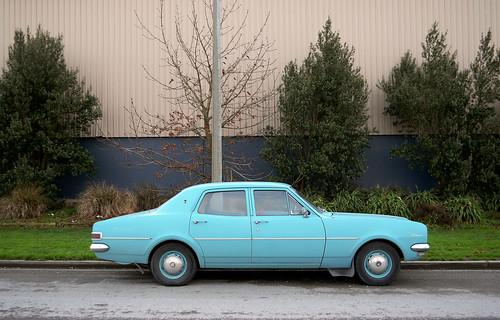
Belmont
12 manuals -

Berlina
2 manuals -
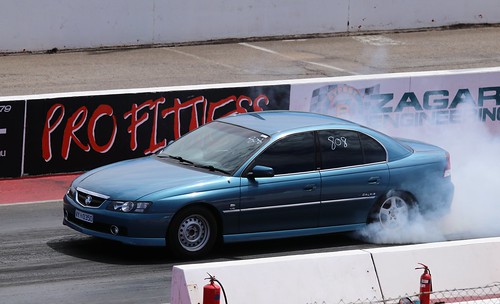
Calais
6 manuals -

Camira
3 manuals -
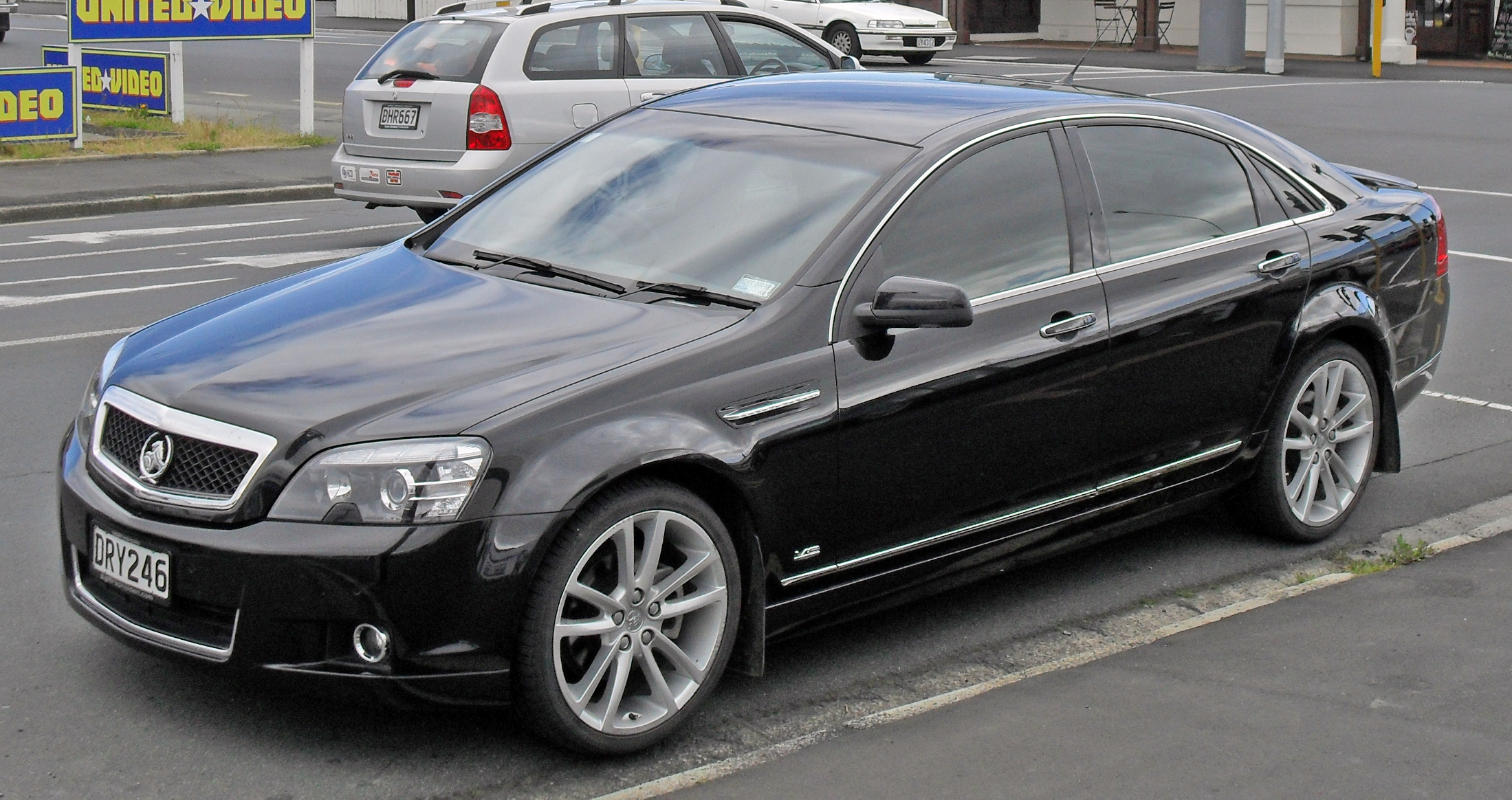
Caprice
22 manuals -

Captiva
9 manuals -

Colorado
46 manuals -

Combo
8 manuals -
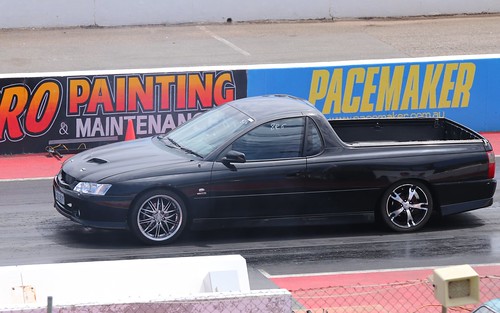
Commodore
204 manuals -
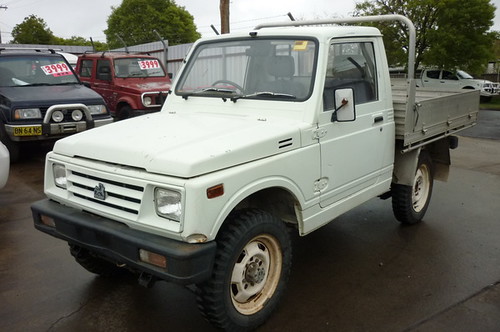
Drover
9 manuals -

Epica
6 manuals -

Frontera
21 manuals -
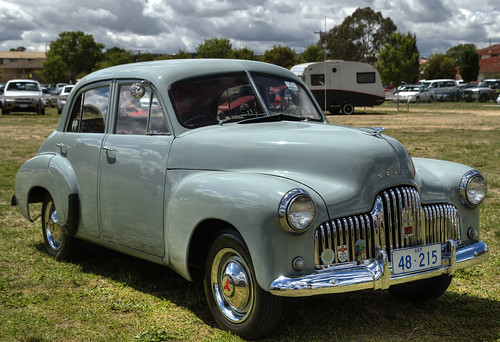
FX
1 manual -
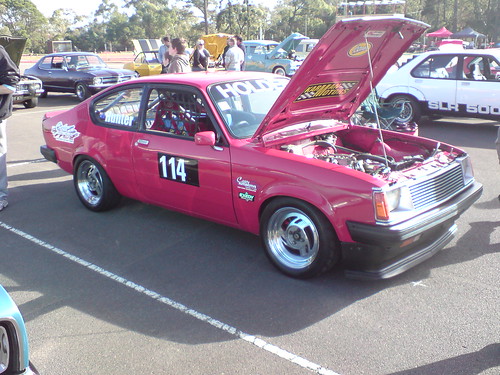
Gemini
5 manuals -

GTS
7 manuals -

HSV
1 manual -
_SE_5-door_wagon_01.jpg)
Jackaroo
29 manuals -
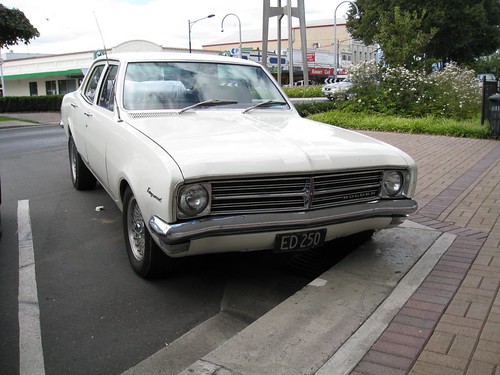
Kingswood
3 manuals -

Monaro
18 manuals -
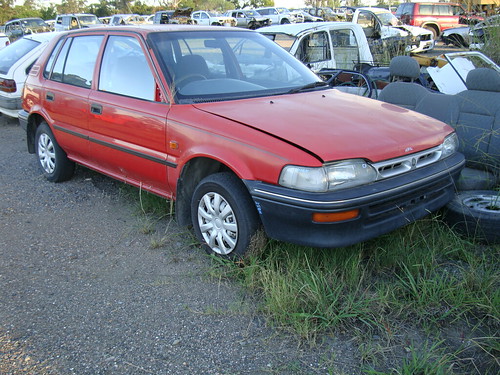
Nova
22 manuals -
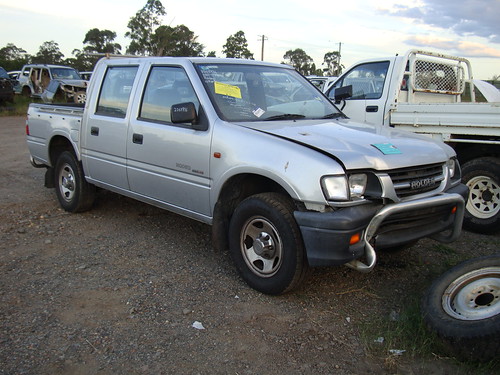
Rodeo
114 manuals -

Senator
2 manuals -
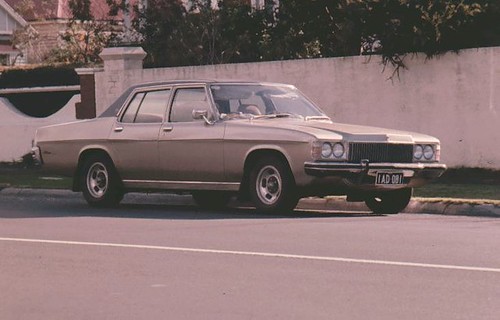
Statesman
22 manuals -

Sunbird
2 manuals -
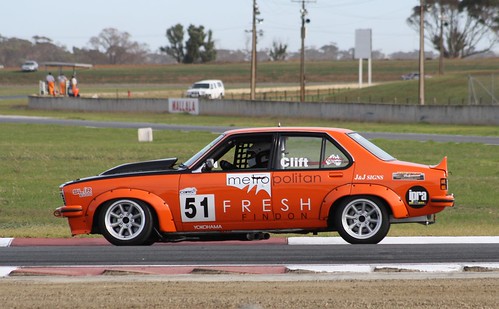
Torana
4 manuals -
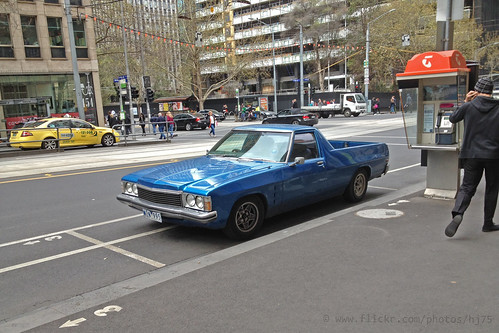
UTE
16 manuals -
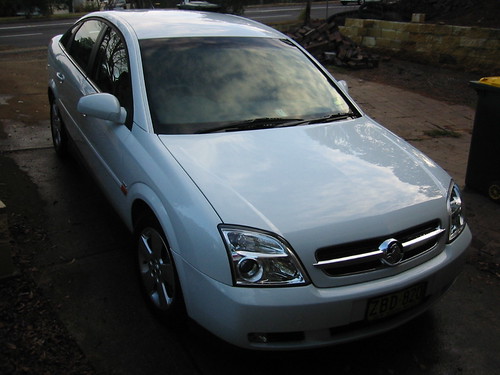
Vectra
32 manuals -
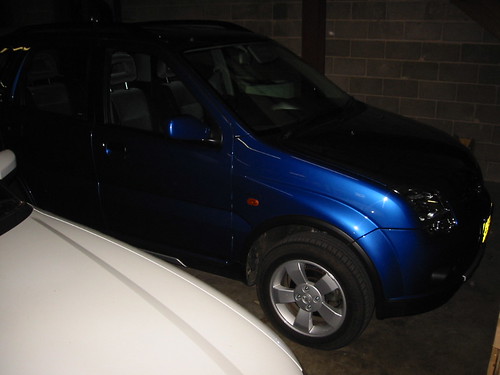
Zafira
28 manuals


